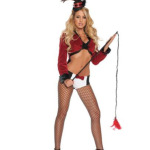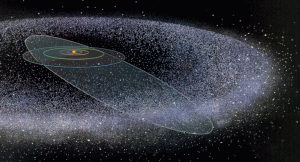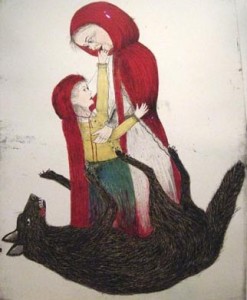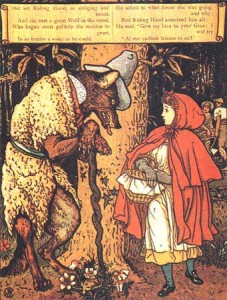 When I was in seventh grade I refused to go trick-or-treating because I felt that I was too old. I do recall looking wistfully at my brother as he excitedly went off but it seemed childish to dress up and beg for candy. Halloween was for children and it was on October 31st.
When I was in seventh grade I refused to go trick-or-treating because I felt that I was too old. I do recall looking wistfully at my brother as he excitedly went off but it seemed childish to dress up and beg for candy. Halloween was for children and it was on October 31st.
Now Halloween has become a month (if not longer) event and everyone in the world gets costumed up and celebrates. Never mind that the origin was as the eve of All Saints Day. Religion has nothing to do with Halloween but lawn decorations, risqué costumes, and parties does. With an added dose of apparently licensed vandalism.
What happened? Well, I have three explanations to offer:
1. As with most holidays in the United States companies figured out that they could  merchandize it and so it became an excuse to sell all sorts of products: from plastic decorations, lights, pumpkins and assorted whatever to stale candy (on the shelves in August) and costumes (for women the racier the better. Why do all the costumes for women look like slut wear?) It is all about selling stuff to us.
merchandize it and so it became an excuse to sell all sorts of products: from plastic decorations, lights, pumpkins and assorted whatever to stale candy (on the shelves in August) and costumes (for women the racier the better. Why do all the costumes for women look like slut wear?) It is all about selling stuff to us.
2. A second reason is that because we no longer have the  rhythm of religious ‘holy days’ or some sense that there is a bigger context in which to see ourselves we need some focus in our lives and these secularized holidays fill the desperate need for meaning. So we begin Halloween in
rhythm of religious ‘holy days’ or some sense that there is a bigger context in which to see ourselves we need some focus in our lives and these secularized holidays fill the desperate need for meaning. So we begin Halloween in  August, Christmas in September (check out the stores in your area), and St. Valentine’s Day in January, and so on. We put up decorations weeks before the events as we thirst for something important in our lives. Plastic blowup lawn ornaments seem, in some strange way, stand-ins for genuine contact with a reality larger than TV and the mall. Maybe we do not go trick-or-treating for candy but we are clearly seeking something.
August, Christmas in September (check out the stores in your area), and St. Valentine’s Day in January, and so on. We put up decorations weeks before the events as we thirst for something important in our lives. Plastic blowup lawn ornaments seem, in some strange way, stand-ins for genuine contact with a reality larger than TV and the mall. Maybe we do not go trick-or-treating for candy but we are clearly seeking something.
3. Adults no longer want to be, well, adults. We want to be young (cue multimillion dollar industry which relentlessly reminds us to stay as such) and we want the carefree (were they ever?) days of childhood. So we dress up in costumes for work and for the string of parties. We act silly and use Halloween as an excuse to play dress up, rivaling the kids for attention.
carefree (were they ever?) days of childhood. So we dress up in costumes for work and for the string of parties. We act silly and use Halloween as an excuse to play dress up, rivaling the kids for attention.
Of course the reader may decide that this is just me being a sourpuss and a killjoy and that adults love Halloween and have rediscovered their playful selves. But I am not buying that. Are you?




